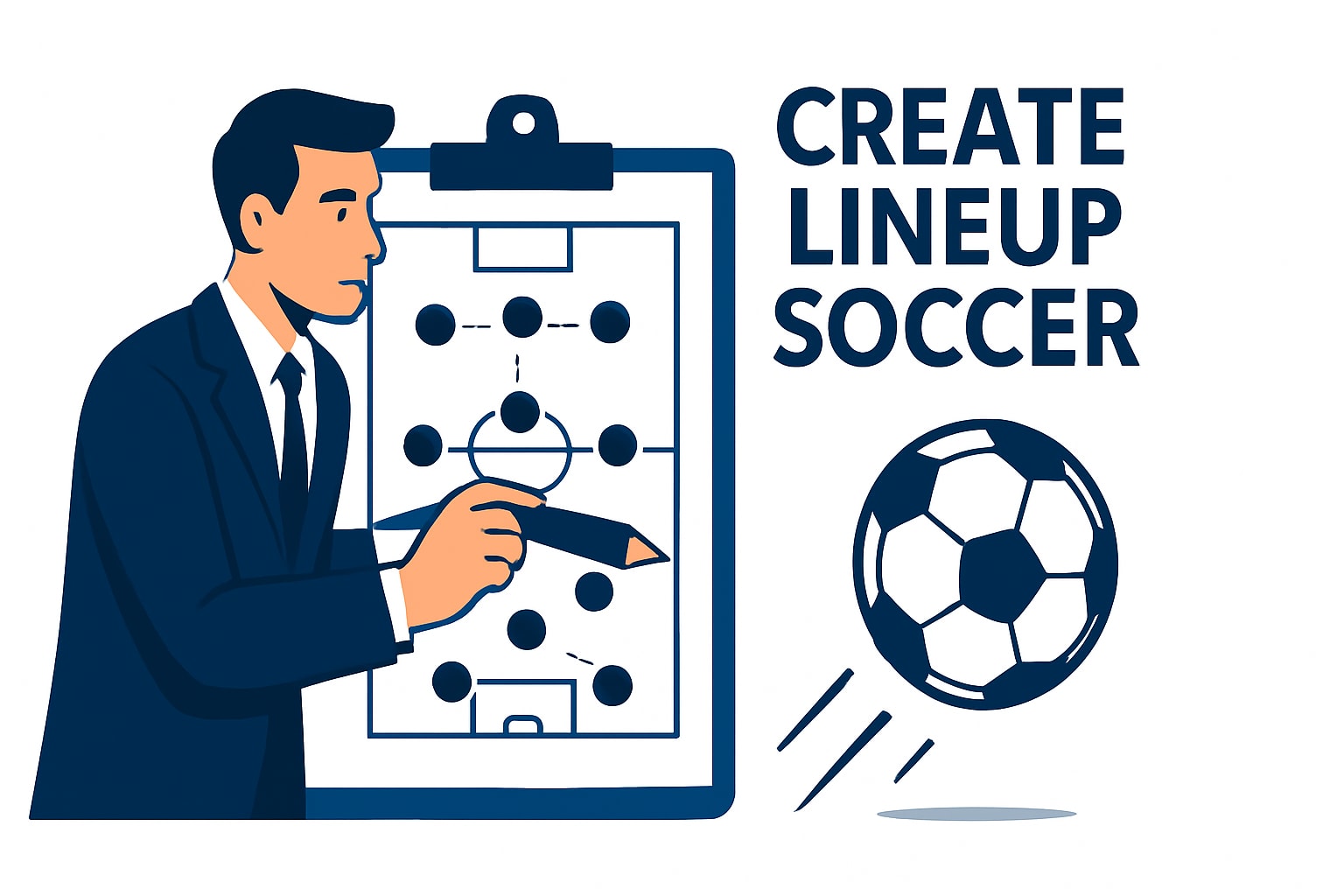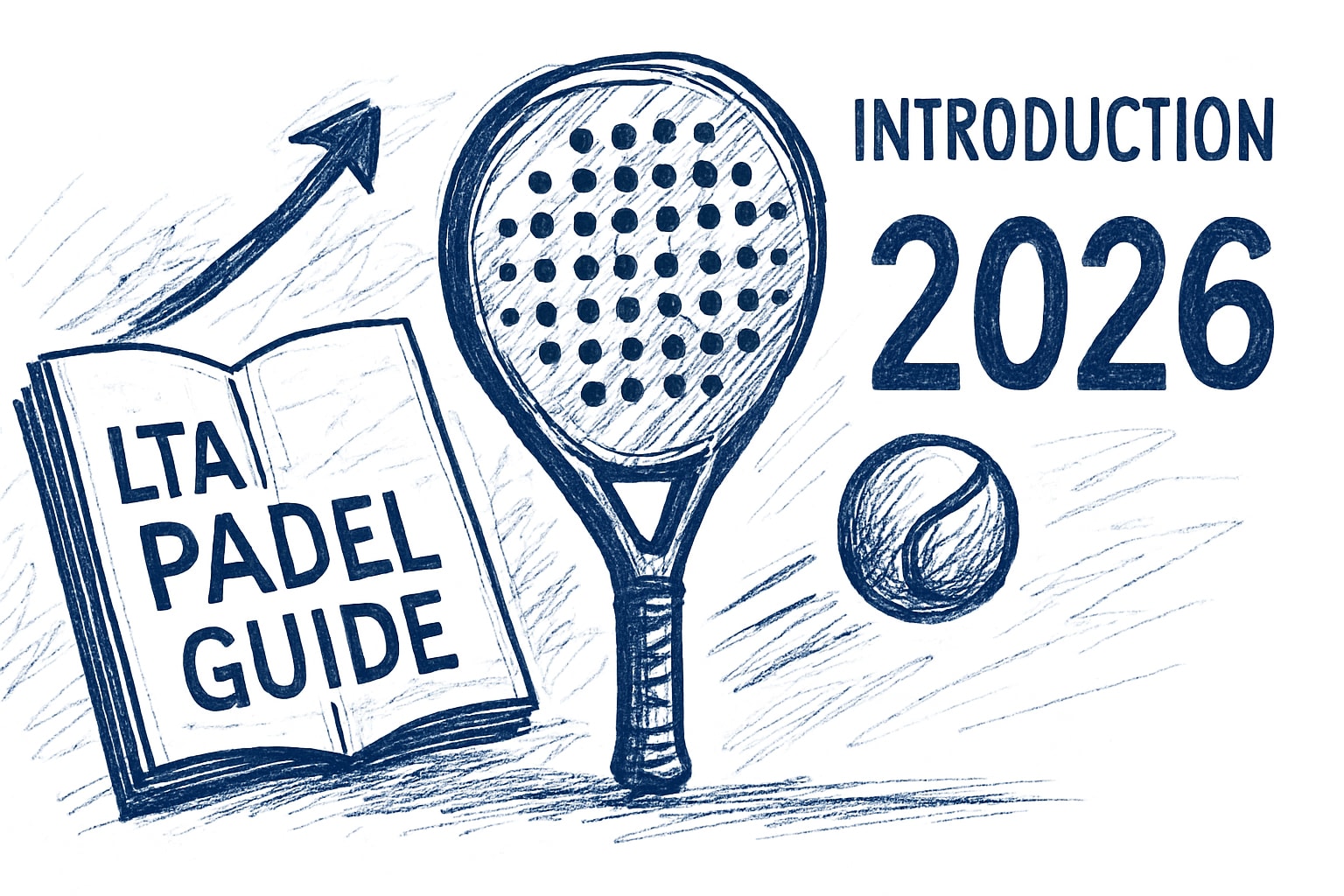Download Poteau
Understanding the Soccer Offside Rule
What is the Soccer Offside Rule?
The soccer offside rule is one of the most fundamental yet often confusing aspects of the game. Whether you're looking for a game of pick up soccer near me or watching professional matches with high-stakes situations involving the Soccer Penalty Kick Rule and Soccer Kick Rule, the offside rule ensures fairness by preventing players from gaining an unfair advantage by positioning themselves too close to the opponent’s goal. In simple terms, a player is in an offside position if they are closer to the opponent’s goal line than both the ball and the second-last defender when the ball is passed to them. This rule helps balance offensive and defensive play, making it vital for the game’s integrity.
Why is the Offside Rule Essential in Soccer?
The offside rule prevents attacking players from camping near the opponent’s goal for easy opportunities. Without this regulation, attackers could wait for a pass near the goal, making it impossible for defenders to stop them. This imbalance would drastically alter the game’s nature.
This rule promotes strategy, teamwork, and positioning, challenging players to think critically about timing, positioning, and coordination with teammates. It helps keep the game exciting, fair, and competitive.
The Mechanics of the Offside Rule
The offside rule is defined by three key components. Positioning is crucial. A player is offside if they are closer to the opponent's goal line than both the ball and the second-last defender at the moment the ball is passed to them. However, being in an offside position alone is not a violation; a player is only penalized if they actively participate in the play. Timing also plays a critical role, as the exact moment the ball is passed determines whether a player is offside, even if they do not immediately engage in the action.
Common Misunderstandings of the Offside Rule
Many misconceptions surround the offside rule. Contrary to popular belief, the ball does not have to be passed forward for a player to be offside; a player can still be in an offside position even if the ball is played backward or sideways. Additionally, it is incorrect to assume that the rule only applies in the attacking half. A player can be offside even in their own half if they are closer to the opponent's goal than both the ball and the second-last defender at the moment the pass is made.The Importance of the Offside Rule in Modern Soccer
In modern soccer, where speed and passing are crucial, the offside rule ensures fairness and prevents offensive players from exploiting position and proximity to the goal. It helps maintain structure and balance in the game, keeping it competitive and engaging.
The Offside Trap: A Defensive Strategy
The offside trap is a defensive tactic where defenders step forward as the ball is passed, potentially putting attackers in an offside position. This requires precise timing and communication. When executed correctly, the offside trap is an effective strategy, but it can be risky if the timing is off, leaving space for attackers to exploit.
Key Points to Remember About the Offside Rule
Position matters in the offside rule. A player is considered offside if they are ahead of both the ball and the second-last defender at the moment the ball is passed. However, not all offside players are penalized; a player is only penalized if they are actively involved in the play, as simply being in an offside position is not a foul. This rule also plays a crucial role in strategy, as it encourages both offensive and defensive tactics, making the game more dynamic and engaging.
How to Avoid Being Offside: Tips for Players
For players, avoiding offside is essential for maintaining possession and preventing turnovers. To do so, they should carefully time their runs, ensuring their movements align with the ball’s trajectory and the defenders’ positions. Effective communication with teammates is also crucial, as staying in sync helps players be in the right position when receiving a pass. Additionally, keeping a close eye on the defenders is key—if the last defender moves forward, players must adjust their timing accordingly to stay onside.
Important Concepts to Keep in Mind
Active Play: A player is penalized for being offside only if they are involved in the play.
Timing: The timing of the pass is crucial for determining whether a player is offside.
Offside Trap: This defensive strategy can be powerful but also risky if not executed perfectly.
The Impact of the Offside Rule on the Game
The offside rule is central to soccer, ensuring that the game remains balanced and strategically engaging. Without this rule, teams could exploit unbalanced offensive play, which would lead to a less organized and less enjoyable sport.
How Technology Assists in Offside Decisions
In recent years, technology has become an important tool in helping referees make more accurate offside decisions. Video Assistant Referee (VAR) and goal-line technology assist in reviewing close calls, reducing human error, and ensuring that offside rulings are as precise as possible. This technology ensures a fairer game for all involved.
Key Takeaways: Understanding the Offside Rule
The offside rule is fundamental to the structure of soccer, affecting both offensive and defensive play. Here's a summary of the key points:
Position: A player is offside if they are ahead of the ball and the second-last defender when the ball is passed.
Active Participation: A player is only penalized if they are actively involved in the play.
Offside Trap: Defenders use this tactic to catch attackers offside, though it’s risky if not timed properly.
The soccer offside rule is essential for maintaining fairness and balance. Understanding it deepens your appreciation of the game, whether you are a player, coach, or fan. The rule encourages teamwork, strategy, and fair competition, ensuring that soccer remains exciting and unpredictable.





